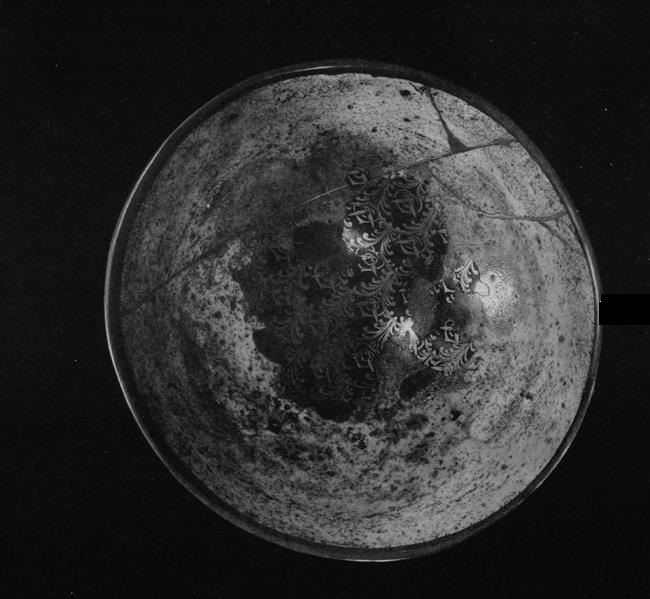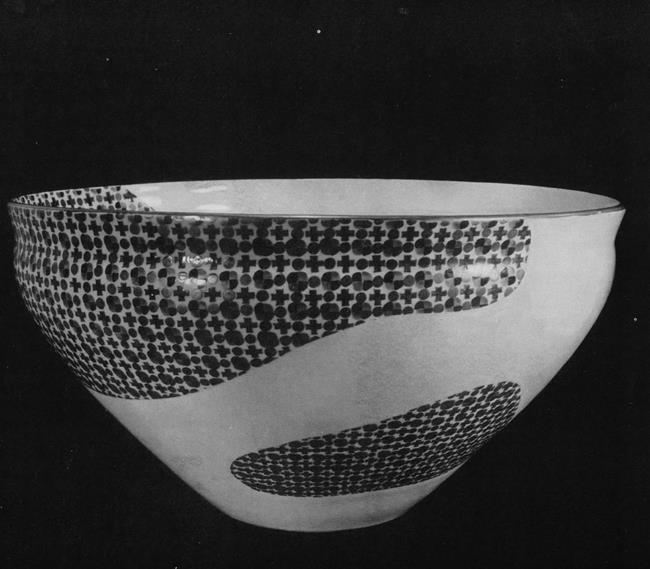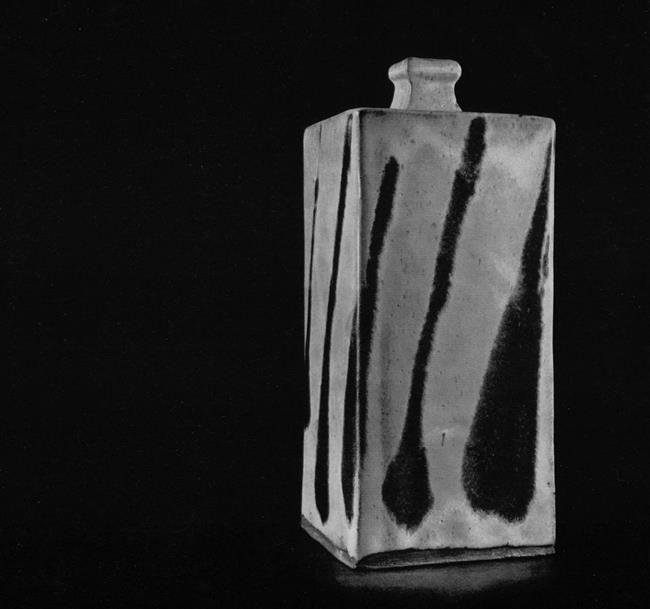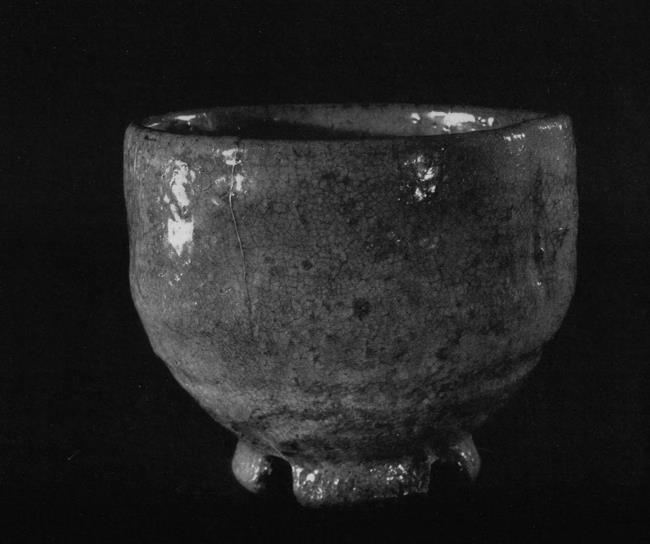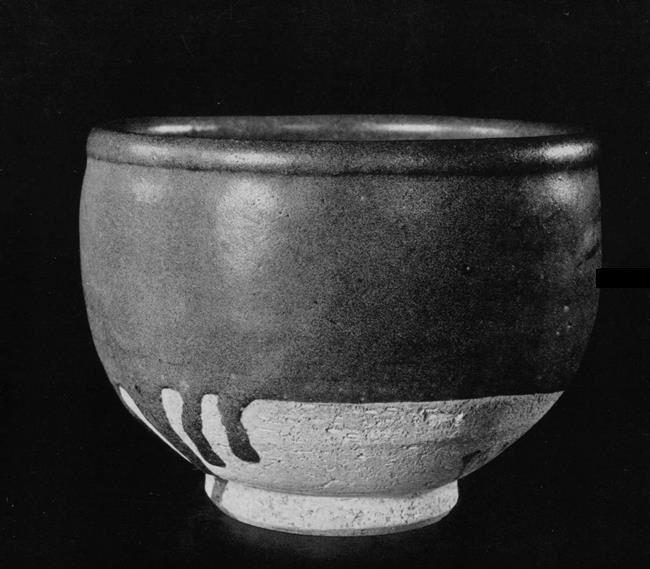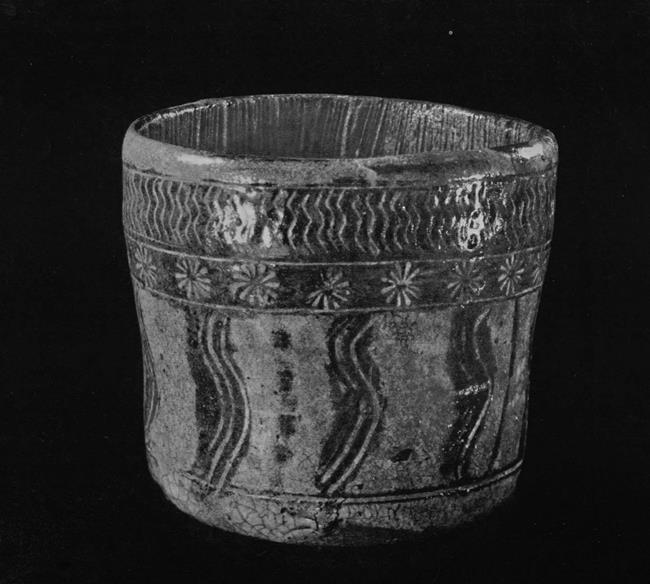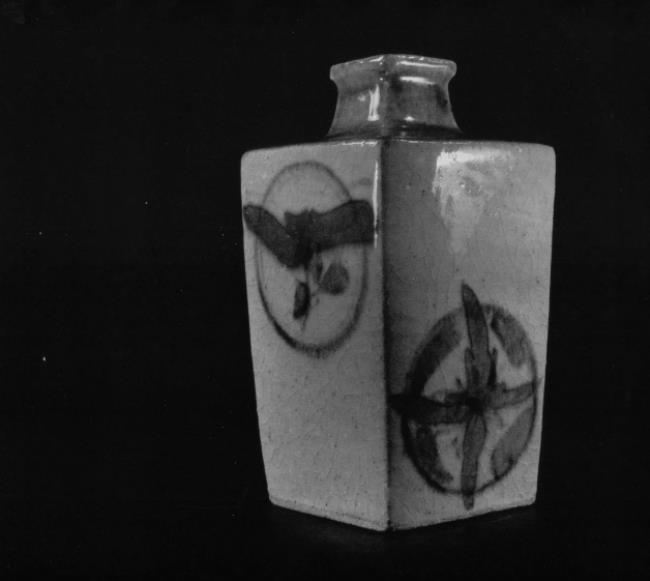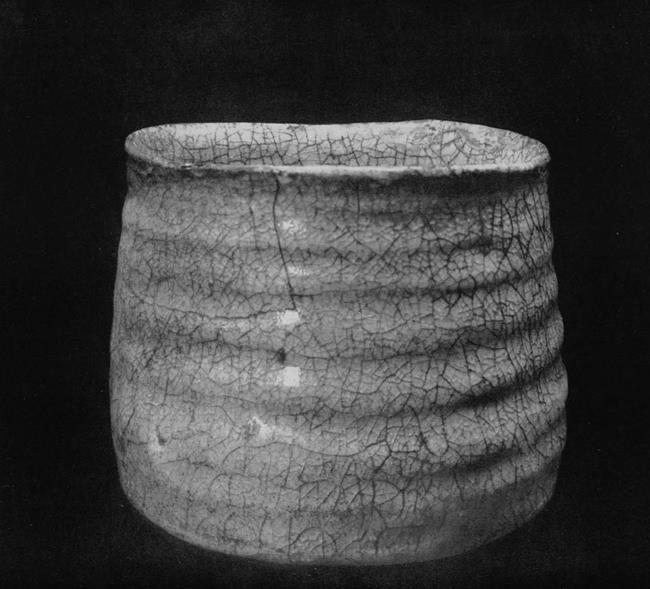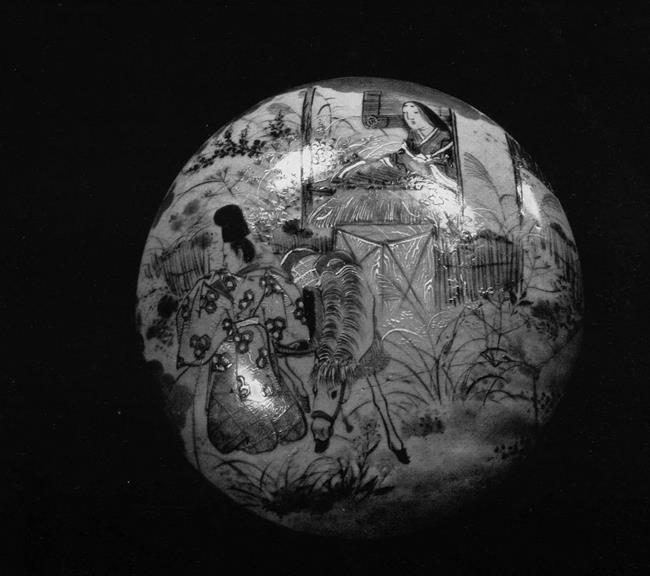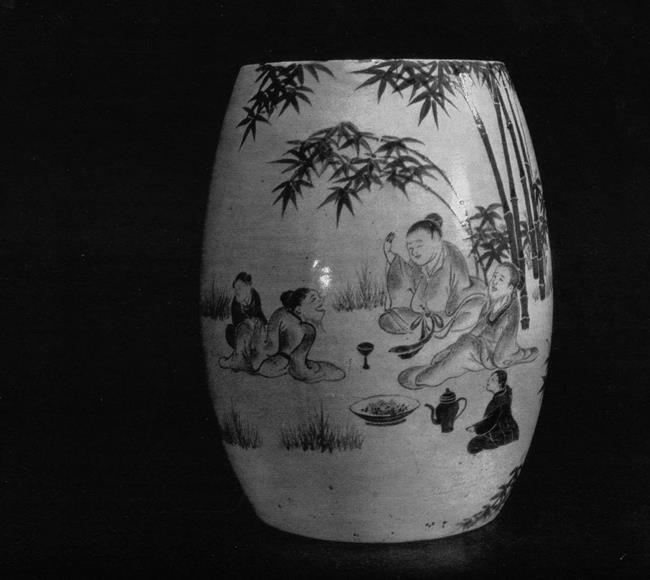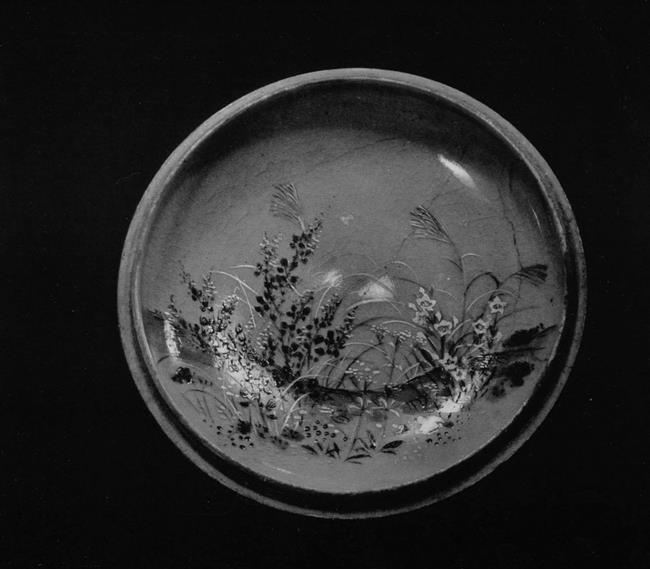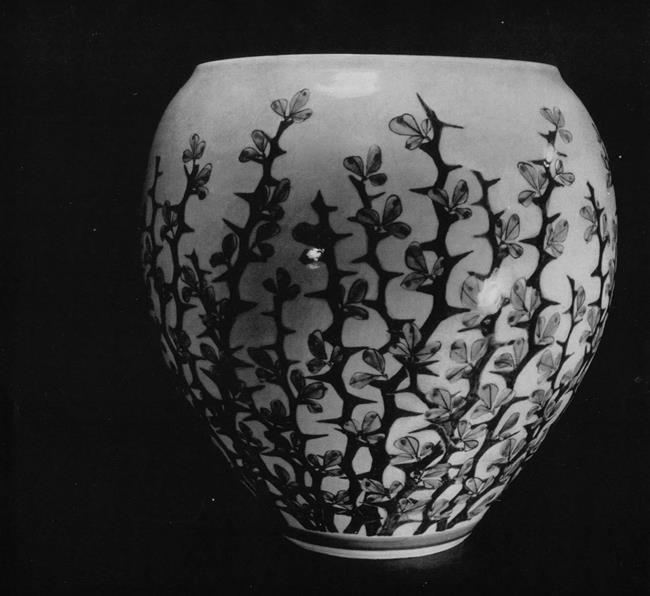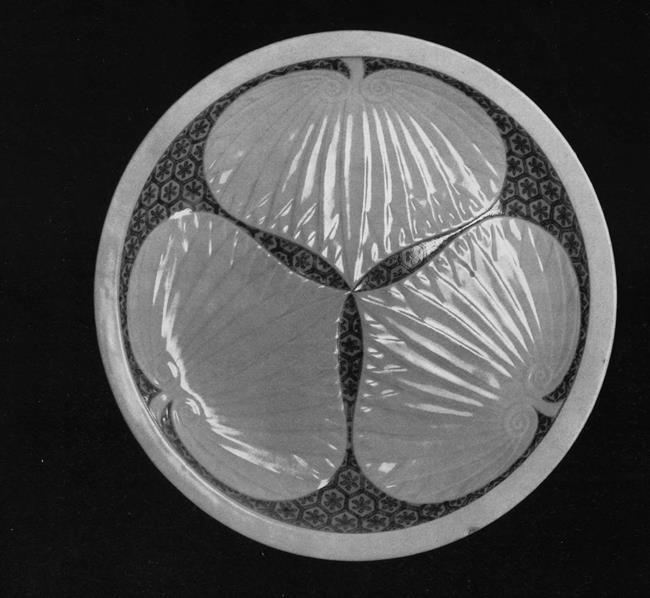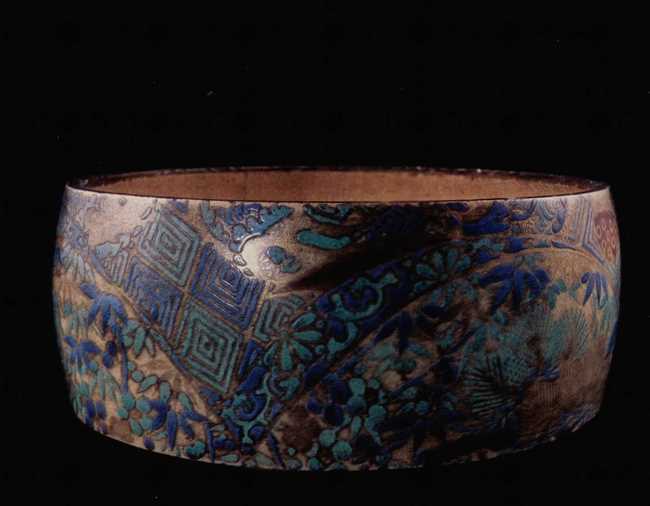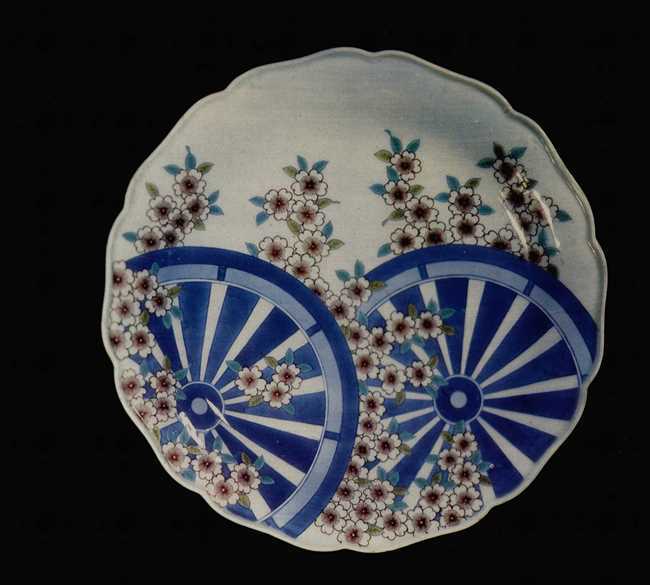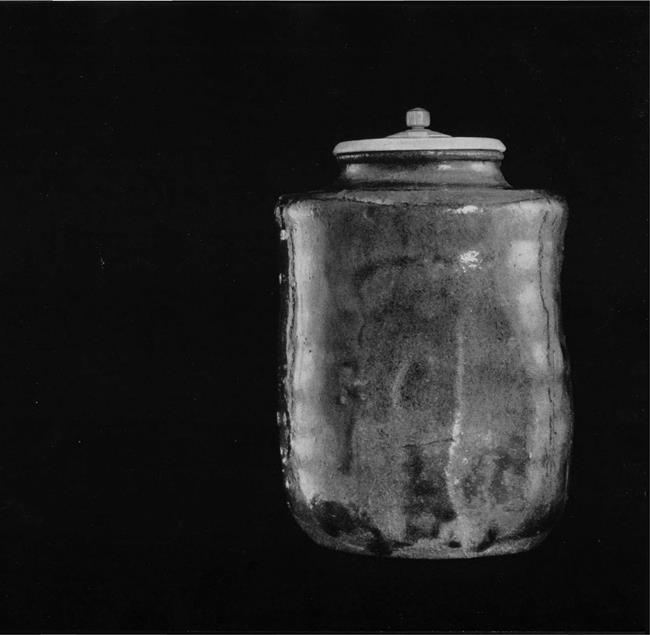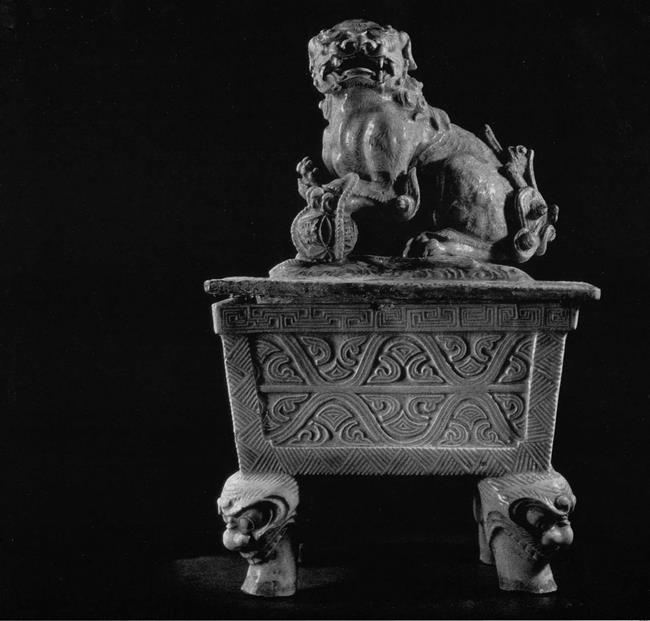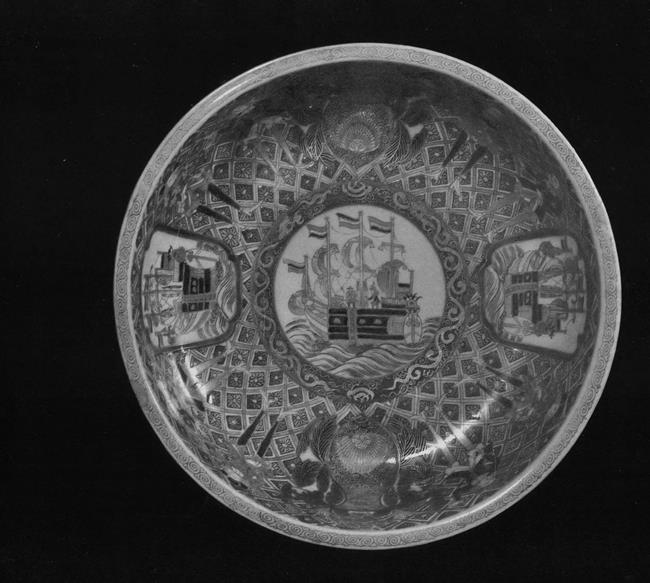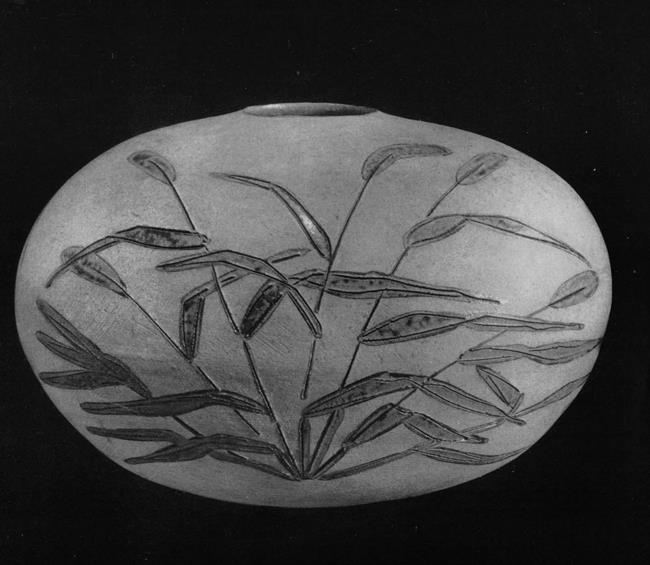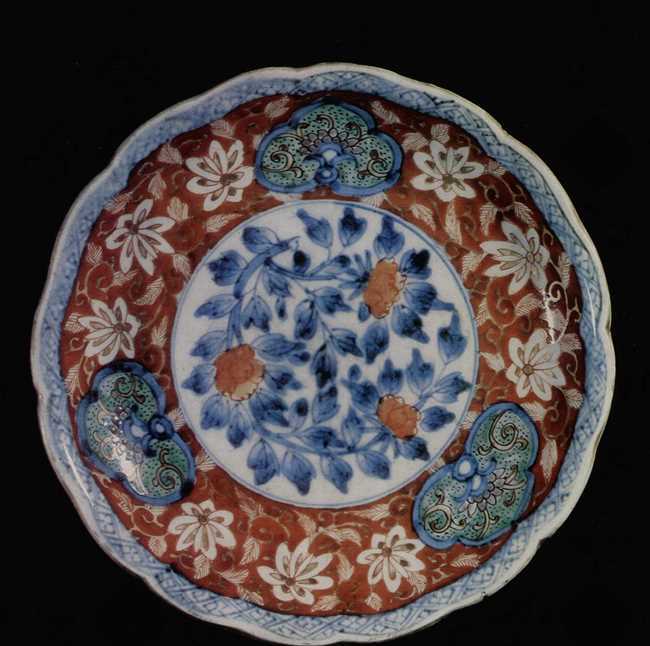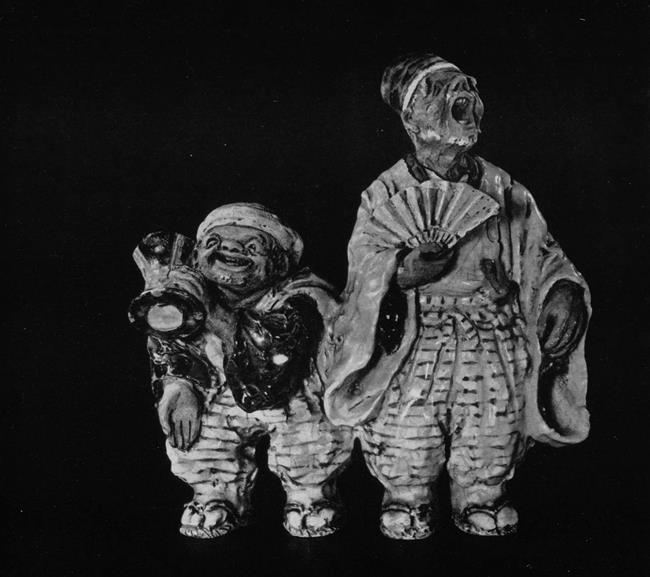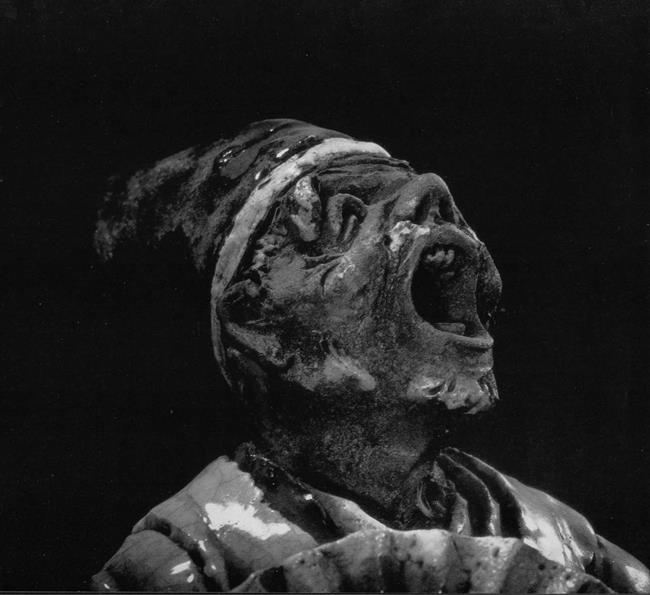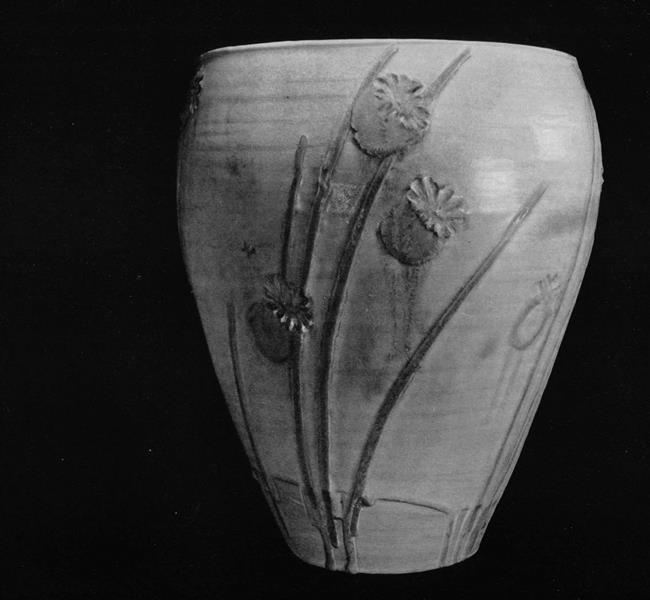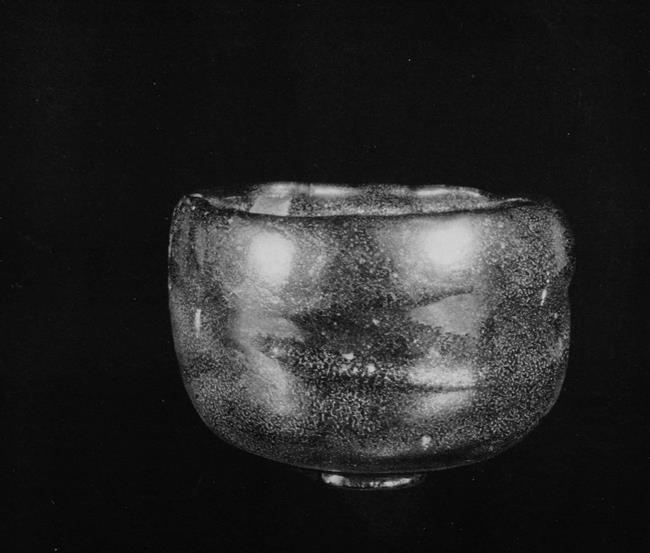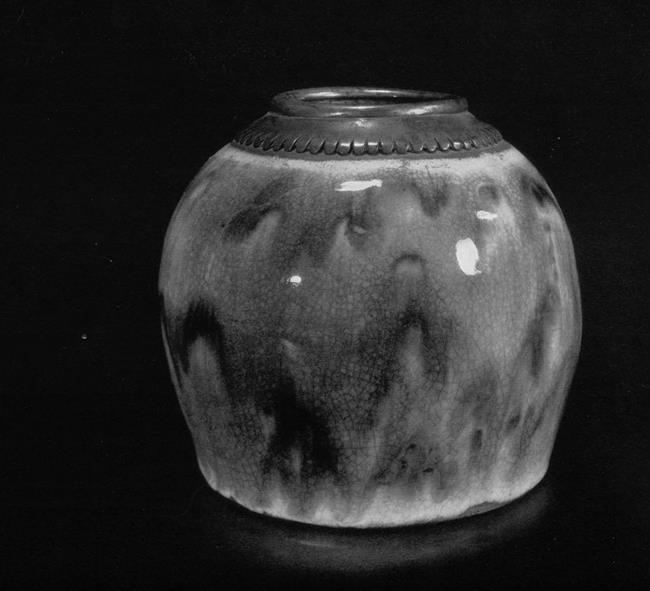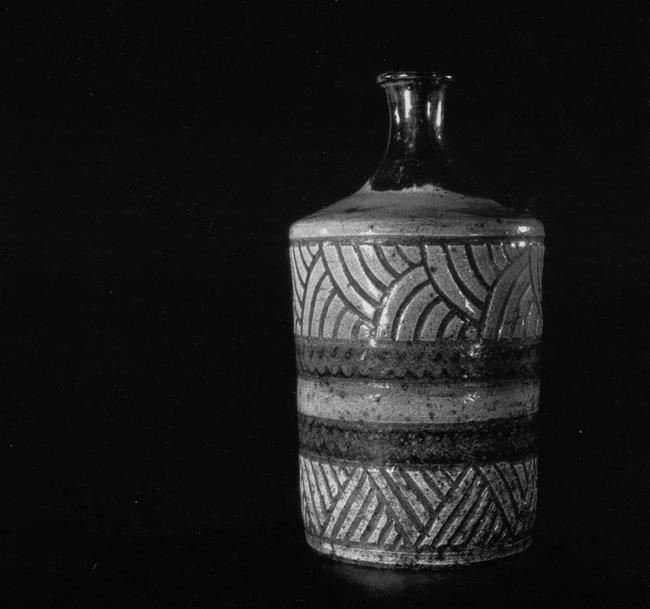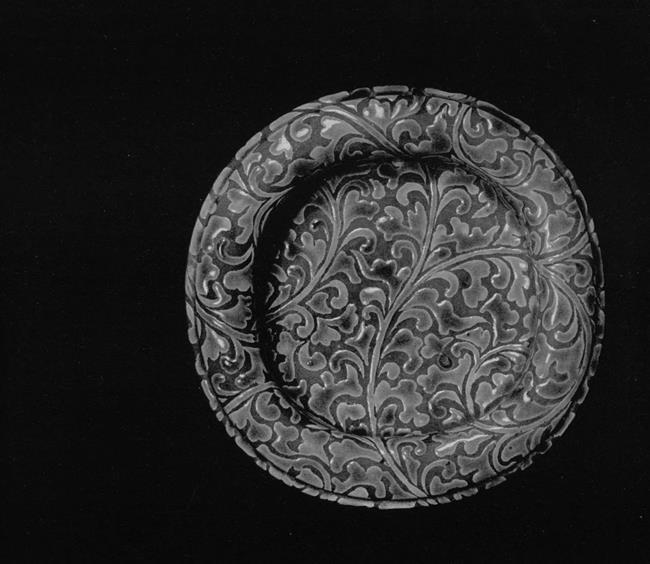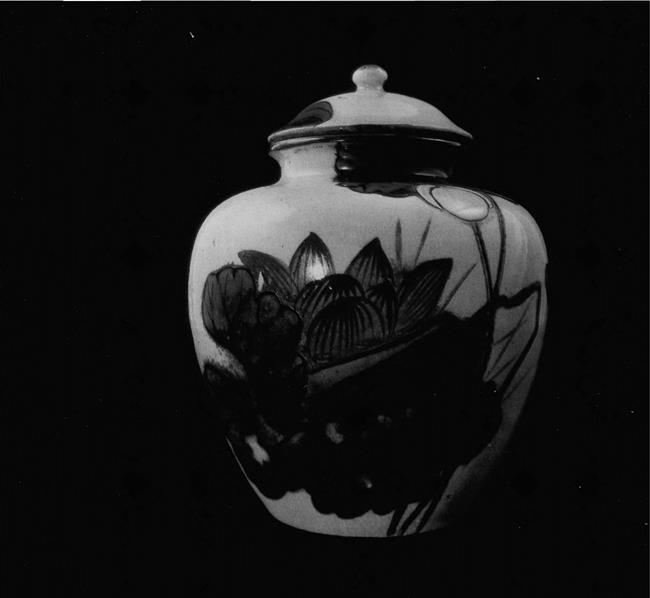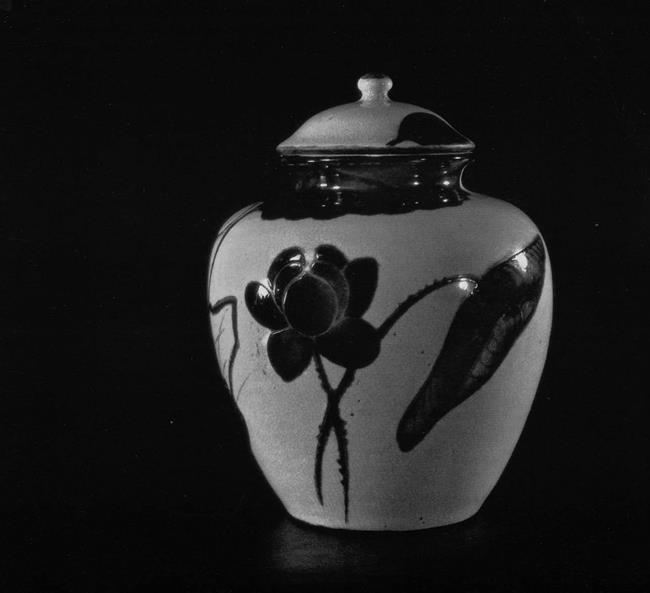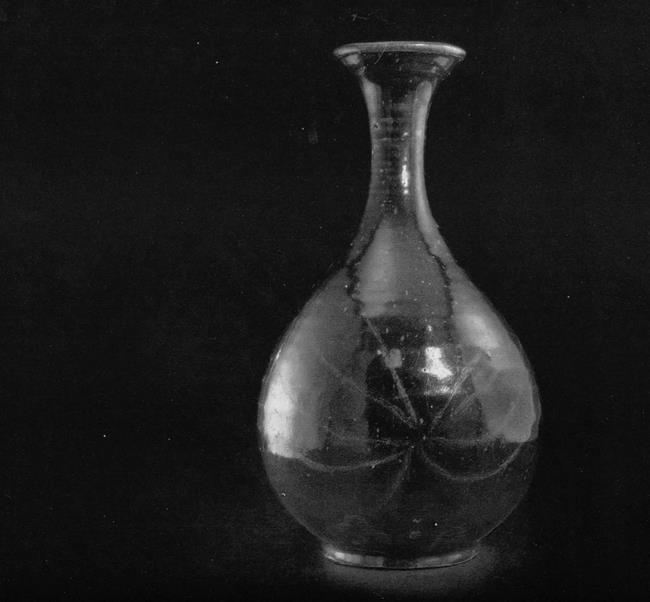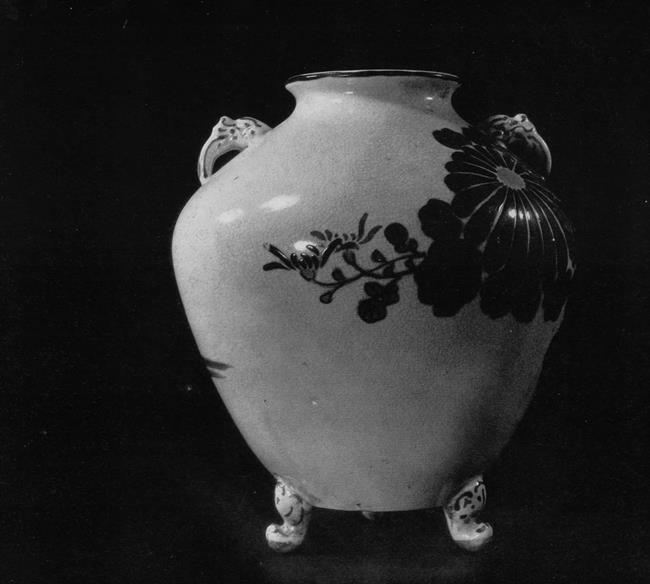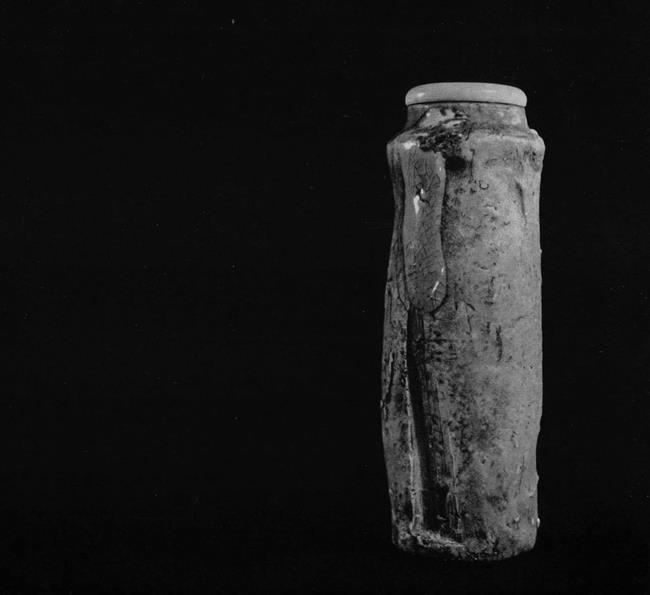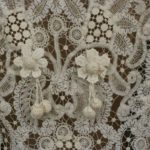Japanese Ceramics
Ceramic plates and tiles are made from clay. In general, ceramics are strong, although they may be brittle, or easily breakable. Today computer chips, cars, pens, and faucets may have ceramic parts. Dentists use ceramics to fix teeth.
The art of ceramics in Japan is one of the oldest and most popular of the arts. The State Museum of Oriental Art has a modest but valuable collection of about 2,000 items of ceramics and porcelain of medieval and modern Japan. Japanese ceramics were comparatively well developed as early as the second and first millennia В. C.
To the end of the first millennium В. C. is dated the earliest ceramic sculpture in Japan, the haniwa. Around the fifth century A. D. pottery technique from China and Korea became widespread in Japan.
In the thirteenth — sixteenth centuries the manufacture of pottery increased. Kilns appeared in Seto, Tokoname, Shigaraki, Tamba, and there was greater variety in ceramics: jars, flower vases, dishes, pots.
Japanese ceramics reached a peak in the sixteenth and seventeenth centuries. The national forms of ceramic wares satisfied the aesthetic demands put forward by the votaries of the tea cult.
Special little houses used to be built for the tea ceremony. They were very simple and were erected in the most isolated parts of the garden. Nothing was to interfere with the mood of quiet contemplation and meditations.
Several objects were designed specially for the chanoyu (tea ceremony): a vessel for hot water, a tea bowl, a container for aromatic herbs, an incense burner, a small clay stove, a bamboo tea-whisk, a lacquered slop-basin, and others. Such ceramic wares were carefully preserved in special cases lined with valuable brocades, in wooden boxes decorated with calligraphy.
Very often a tea bowl was covered with rich black glaze and decorated with a representation of a butterfly and an ideograph. From a few ideographs or a detail of the decoration one could perceive a poetic image or a profound philosophical thought. The idea in the artist’s mind usually provided the theme for a discussion during the tea ceremony.
A specially subdued and understated range of colours is characteristic for the whole of Japanese ceramics of the sixteenth and seventeenth centuries. Dark brown, dark blue, green, white, grey and a reddish yellow are the main hues of the surrounding countryside.
In the late seventeenth and early eighteenth century when the cities were growing contemporary ceramics made to the tastes of the new class began gradually to lose their austerity and simple charm, and became more refined.
By the end of the nineteenth century Japanese ceramics declined artistically. Early in the twentieth century, after a temporary crisis, the art of ceramics developed further. New techniques were evolved, many kilns were brought up to date, and glazes improved.
JAPANESE DECORATIVE ARTS. CERAMICS. From the Collection of the State Museum of Oriental Art. Photographs by Dmitry Belous.

